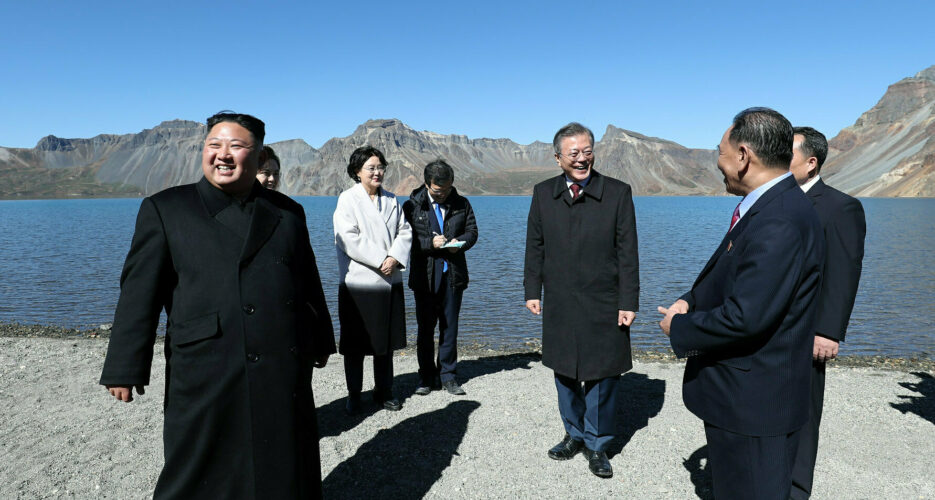About the Author
Wang Son-taek
Wang Son-taek is a research associate at Yeosijae (Future Consensus Institute) and a former diplomatic correspondent for South Korea's YTN news network.

Get behind the headlines
|
Opinion One year since the Pyongyang Declaration: how inter-Korean relations went sourPresident Moon must take stock of where things went wrong and work to restore trust with Kim Jong Un  The first anniversary of the Panmunjom summit last April was exceptionally gloomy, and we're set for an equally depressing first anniversary of the Pyongyang summit on Thursday. South Korea in April hosted a ceremony in Panmunjom, though the North Korean side didn't participate. This time, the South has opted to hold a small event in Seoul -- a recent outbreak of swine flu means an event on the inter-Korean border is off the cards. © Korea Risk Group. All rights reserved. |